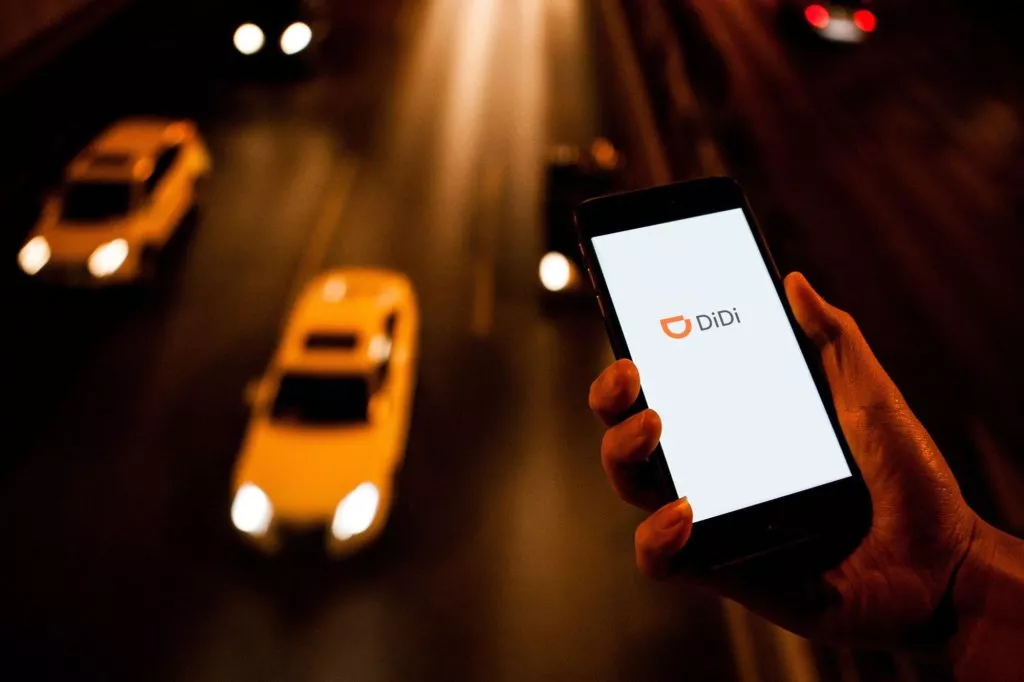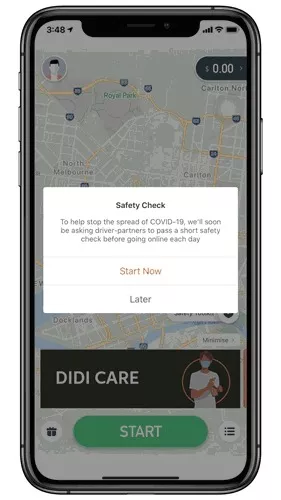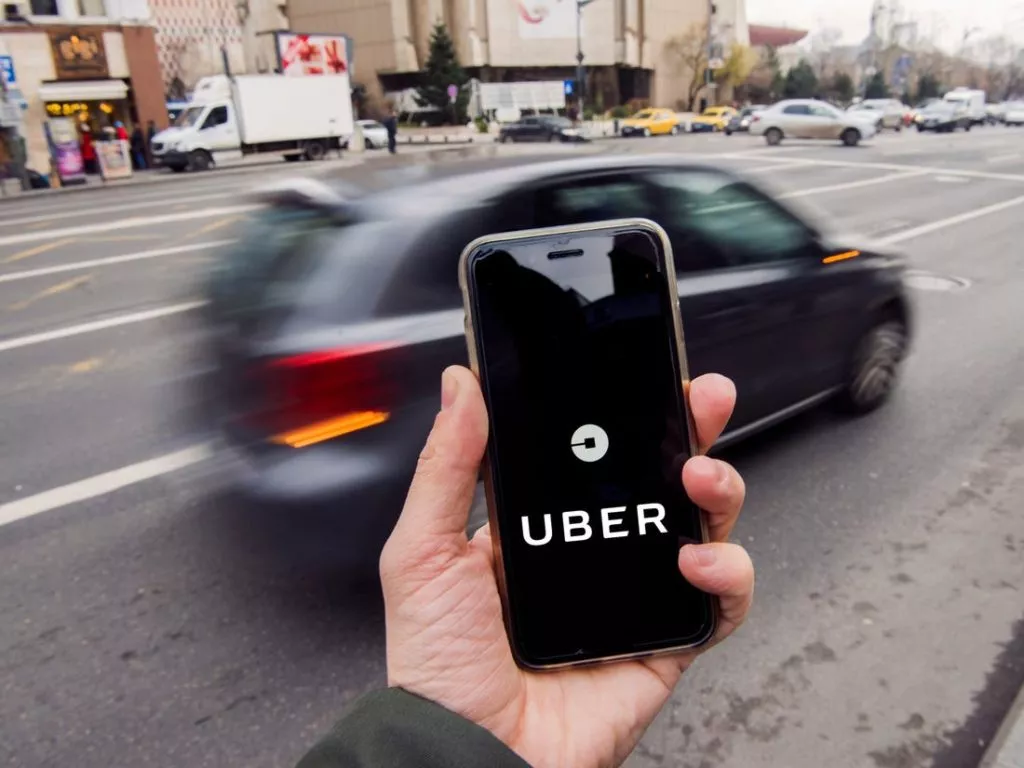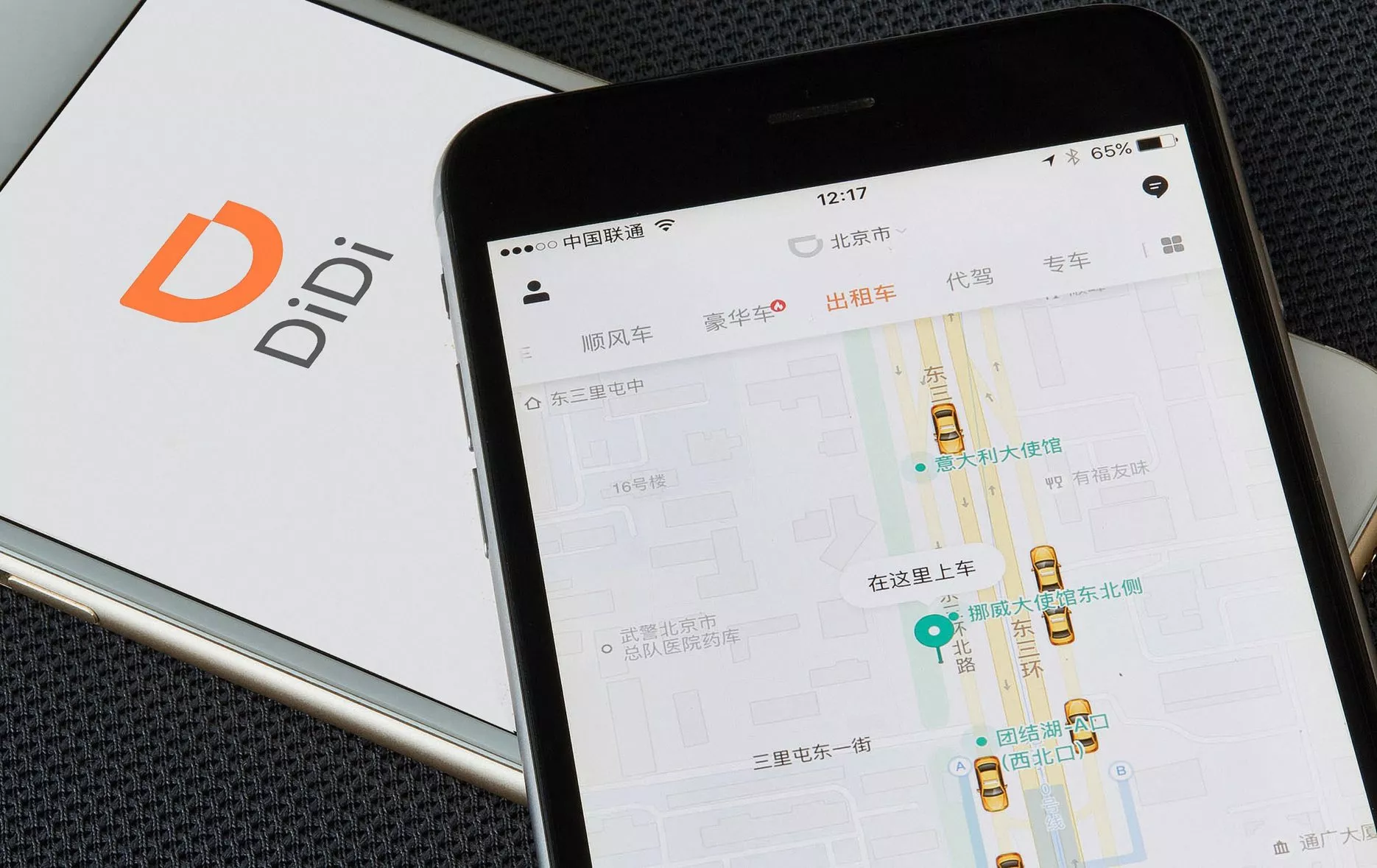DiDi, which translates to “beep beep”, was founded in 2012 by Cheng Wei, a former deputy sales manager for Alibaba’s Alipay. It began life in Shanghai as an application-based taxi service to enable individuals to book taxis from their smartphones. DiDi grew to hold 55% of China’s ride-hailing market in just two years and has since become China’s biggest ride-hailing service.
To build a better journey
DiDi’s mission
However, DiDi’s vision encapsulates more than just operating a ride-hailing service. According to DiDi’s website, the company aims to become:
- A global leader in the revolution in transportation and automotive technology
- The world’s largest one-stop transportation platform
- The world’s largest operator of vehicle networks
- A global leader in smart transportation technologies
DiDi’s digital marketing and advertising in China

Rather than waiting for and hailing down a taxi in the street, DiDi provides passengers with a direct pick-up service. To add to the convenience, customers can order a DiDi directly through WeChat and pay via WeChat Pay without needing to separately download DiDi’s app.
DiDi also has an extensive presence on social media: DiDi has two WeChat Mini Programs (DiDi Taxi and DiDi Chuxing Square for discounts), as well as four WeChat official accounts for its different services. DiDi’s Weibo account has 3 million followers and often posts about trending topics: for example, they offered the popular blind boxes (packages featuring unknown products inside) to Weibo users who downloaded the DiDi app.
The platform’s extensive advertising in China has ensured that it has become a widely-recognised name. DiDi’s adverts can be found at airports, metro stations and petrol stations, as well as exclusive partnerships with TV shows, such as Where Are We Going Dad? 爸爸去哪儿. DiDi has also worked with leading navigational platforms and travel agencies such as Baidu Maps, Gaode Maps, Trip.com and Quner.com.
DiDi expands to eleven overseas markets
DiDi entered the Australian market in mid-2018 with services in Geelong and Melbourne and currently operates in 28 major cities, including Sydney, Canberra and Brisbane. It has become the second largest ride-hailing platform in Australia with 1.5 million active passengers and nearly 80,000 drivers.
Apart from Australia, DiDi also has a presence in ten international markets, including Japan, Brazil, Mexico, Columbia, Chile and Costa Rica. The most recent additions have been in Russia’s Kazan in August 2020, which marked DiDi’s first Eurasian market, and New Zealand on November 3.

DiDi attempts to outmanoeuvre competitors abroad
With other ride-hailing services, such as Uber, already being well-established in many of these markets, how has DiDi attempted to shake off its competitors?

DiDi offers lucrative discounts to attract drivers to join the platform: in Australia, service fees were eliminated or reduced for new drivers who signed up during a certain time-frame. In Kazan, DiDi recruited local drivers with a low commission rate of 5% which enabled the platform to provide a competitive transportation option for riders in the city.
DiDi has responded to the impact of COVID-19 to try and minimise the impact on its business and employees. In March, DiDi launched a $10 million special relief fund to help drivers in its international markets cope with the effects of COVID-19.
In countries with severe breakouts of COVID-19, drivers and passengers were required to wear a mask to ensure the safety of both parties. In Australia, Didi created Health Guard, a program that requires drivers to pass a safety check everyday and uses AI to ensure high hygiene standards throughout its services.

Furthermore, in June, DiDi launched a new service called DiDi Care for people who were particularly concerned about COVID-19. For an additional 5% price-tag, passengers could be reassured that further prevention measures were put in place on top of the regular service. In line with DiDi’s promotion of a safety-first journey, the company offers voice and video recordings to protect customers in Brazil and Mexico.
In some countries outside China, DiDi has also expanded its services from solely focussing on ride-hailing. Since April 2020, the platform has offered food delivery services in its East Asian markets.
In order to extend its control over the market and outcompete its rivals, DiDi has invested in competitors in overseas markets, such as Lyft in the US, Ola in India, Grab in Singapore, Taxify in Estonia, Careem in the Middle East and Uber in China.
But how does it fare compared to its better-known Western competitor Uber?
Uber vs DiDi: the two ride-hailing giants
Both DiDi and Uber offer more than just the ride-hailing service which brought them to fame. Similar to Uber, Didi offers a range of cars including luxury and carpool options. The two both also have bike sharing, e-bikes and a food delivery service. However, Uber’s service also expands to scooters, rickshaws, boats and even helicopters.

While Uber also invests in AI learning, DiDi has developed a whole research institute dedicated to AI and big data operation. DiDi’s focus on machine learning and computer vision enables it to optimise its dispatch system and route planning services. The company is also using AI technology to develop a cloud platform to improve the efficiency of its services.
DiDi’s competitive service wins it global support
Although DiDi has not yet announced any more launches in new markets, undoubtably the company will expand its international presence in the next few years.
The company’s success in China and abroad has been due to its ability to offer a competitive service for drivers and customers alike, as well as its adaptability. DiDi, along with its competitor Uber, has developed new services in line with technological developments and consumer demand, and has altered services to make them “COVID-friendly”.









